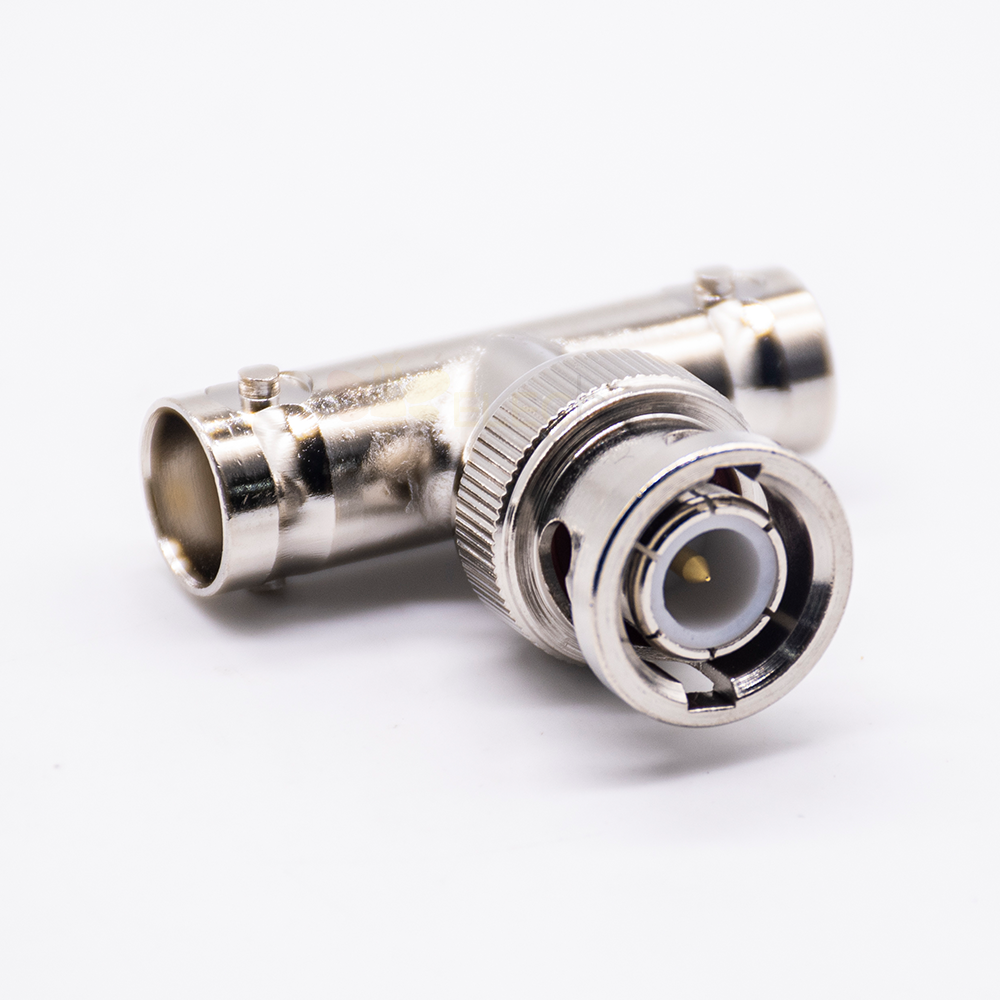The world of electronics can be a tricky one to navigate, with countless components and connectors to choose from. When dealing with BNC adapters, one might wonder if heat shrink is a necessary addition to the setup. In this article, we'll explore the ins and outs of BNC adapters, the role of heat shrink, and how to determine whether you need it for your specific application.
What are BNC Adapters?
A Quick Overview
BNC (Bayonet Neill-Concelman) adapters are coaxial connectors, often used to transmit radio frequency signals in various applications, such as video surveillance, radio antennas, and test equipment. Their design includes a bayonet-style coupling mechanism that allows for easy and secure connections.

Types of BNC Adapters
There are a plethora of BNC adapters available to meet the needs of different applications. Some common types include:
- BNC to SMA Adapter: Connects a BNC-equipped device to an SMA (SubMiniature version A) connector.
- BNC to N Adapter: Allows the connection of an N-type connector to a BNC-equipped device.
- BNC T-Adapter: Features a T-shaped design, enabling the connection of multiple devices to a single BNC-equipped device.
- BNC Coupler: Connects two BNC cables together, extending their length.
Heat Shrink 101
The Role of Heat Shrink
Heat shrink tubing is a versatile material made from thermoplastic that shrinks when exposed to heat, creating a tight, protective seal around cables, wires, connectors, and other electronic components. Its primary functions include:
- Insulation: Protects electrical components from heat, moisture, and other environmental factors.
- Strain Relief: Reduces the stress on cable connections, preventing damage and disconnections.
- Color Coding: Assists in identifying and organizing cables and connections.
- Aesthetic Appeal: Gives a clean, professional appearance to electronic installations.
How to Use Heat Shrink Tubing
Using heat shrink tubing is a breeze, even for those who aren't experts in the field. Simply follow these steps:
- Cut the tubing to the desired length, ensuring it encompasses the entire area you wish to protect.
- Slide the tubing over the cable, wire, or connector.
- Apply heat evenly using a heat gun, hairdryer, or lighter, being cautious not to overheat and damage the tubing or components.
- Allow the tubing to cool and inspect the final result for a secure fit.
Do You Need Heat Shrink for BNC Adapters?
Now that we've covered the basics of BNC adapters and heat shrink tubing let's tackle the million-dollar question: do you need heat shrink for BNC adapters?
When Heat Shrink is Necessary
In some cases, heat shrink tubing can be incredibly beneficial for BNC adapters. Consider using heat shrink in the following situations:
- Outdoor Installations: Due to the potential exposure to moisture, dust, and fluctuating temperatures, heat shrink can provide an extra layer of protection for BNC adapters used in outdoor settings.
- High Traffic Areas: In environments where cables and connectors are frequently handled or subject to movement, heat shrink can offer strain relief and additional durability.
- Organizational Purposes: If you're dealing with a myriad of cables and connections, heat shrink can assist in color-coding and organization, making maintenance and troubleshooting a breeze.
When Heat Shrink is Optional
While heat shrink tubing can be advantageous in specific situations, it's not always a necessity for BNC adapters. In indoor installations with minimal environmental factors and low potential for cable movement, heat shrink may not be required.
To Shrink or Not to Shrink?
Ultimately, whether to use heat shrink for BNC adapters boils down to your specific application and the factors at play. By considering the environment, potential hazards, and organizational needs, you can make an informed decision about whether heat shrink is the way to go.
In a nutshell, it's better to err on the side of caution and utilize heat shrink tubing to protect your BNC adapters when in doubt. After all, a little extra protection never hurt anyone, right?






